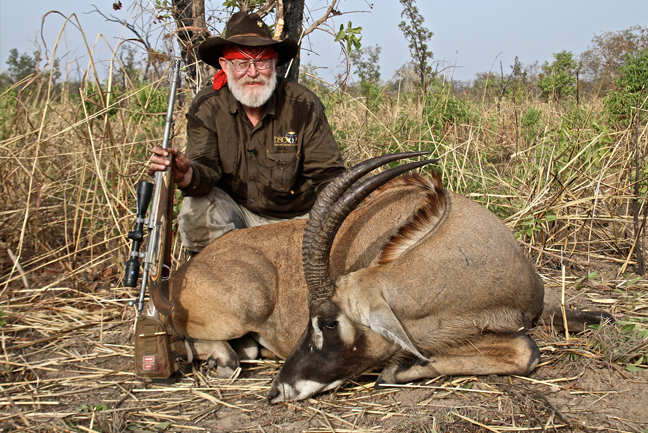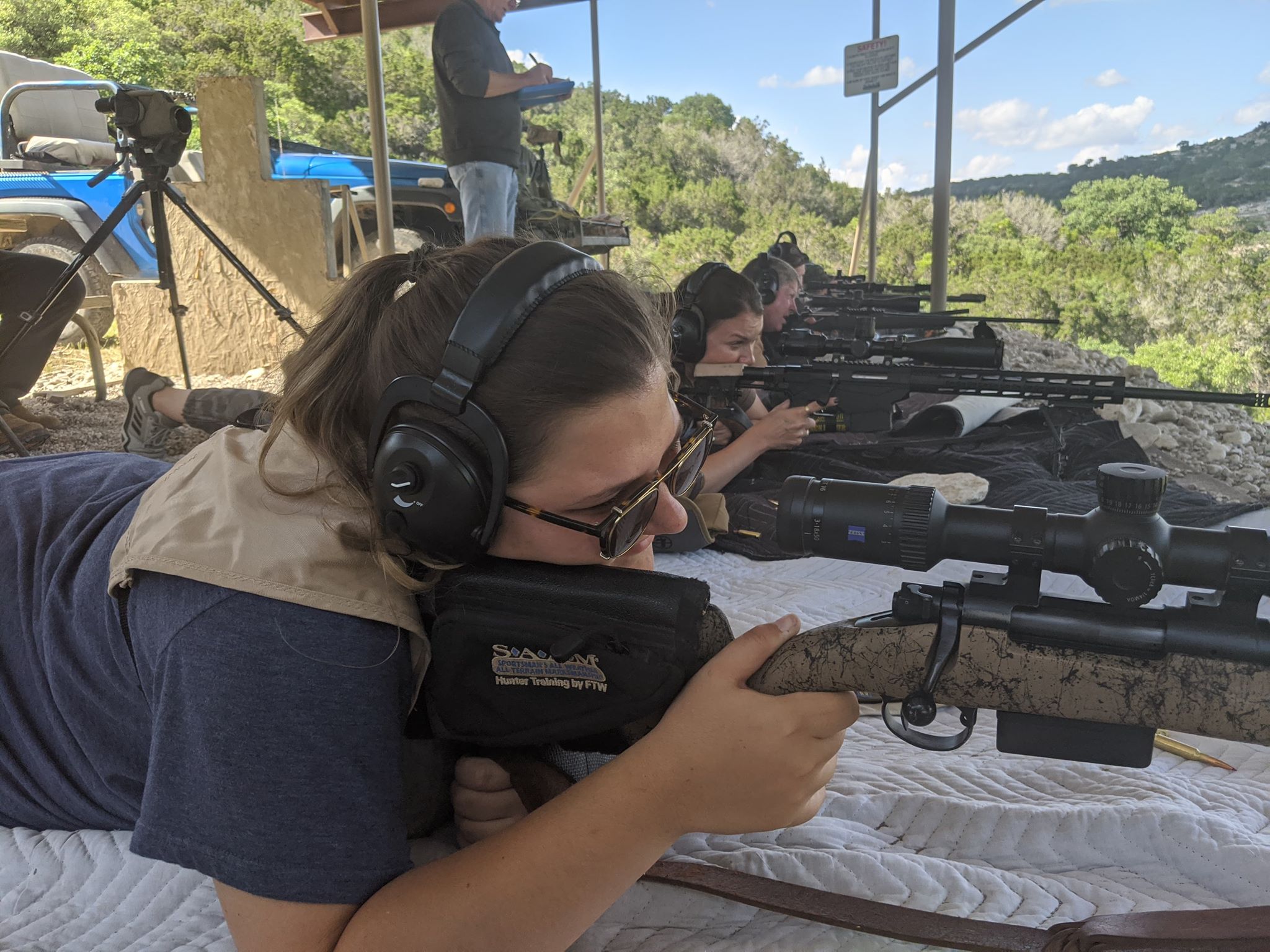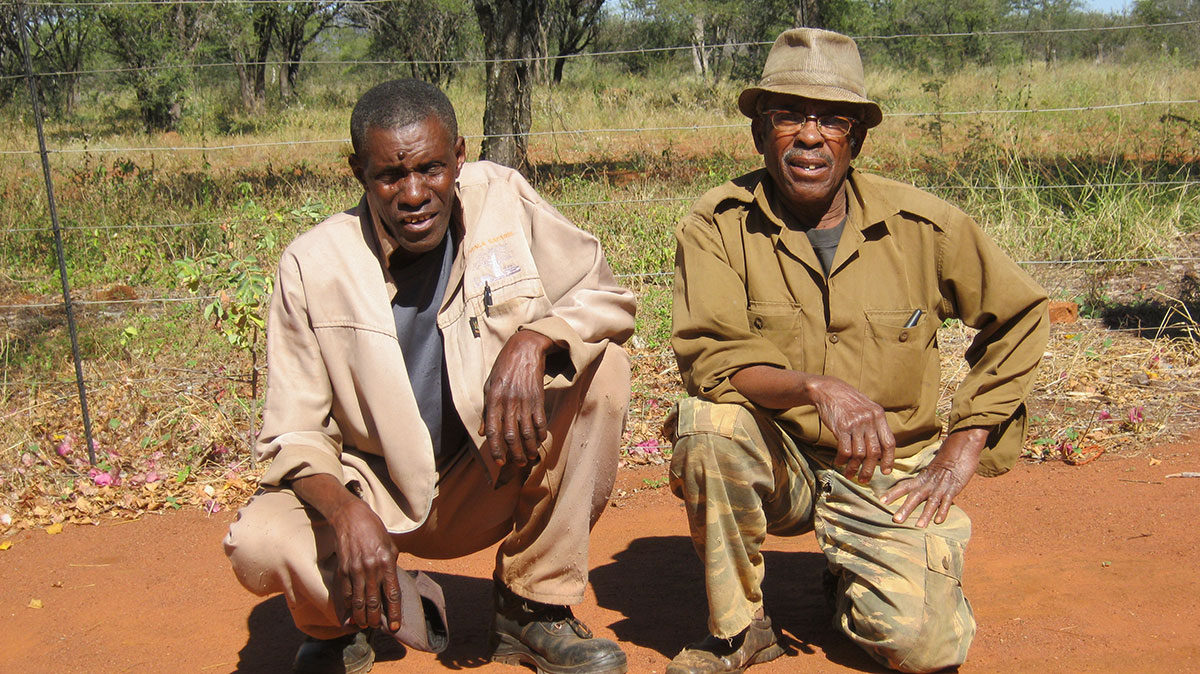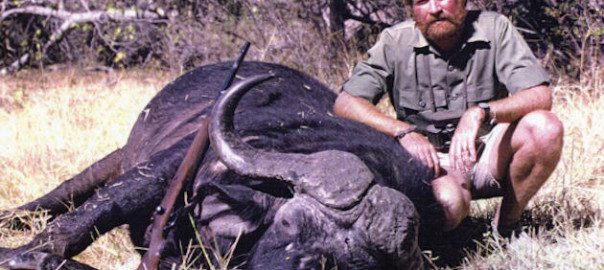I had taken a good mature roan, considered by many serious African hunters to be a more interesting animal than the regal sable!
Tim Fallon shoved a water bottle in my face and insisted I drink. “How hot do you think it is?” he asked. Before I could respond he answered his own question. “It’s 116, and not yet quite noon.”
“Thought it was at least one hundred and twenty,” I said, “but what do I know! I only live in southwest Texas where we usually have numerous 100-plus days during mid to late summer, but nothing like this heat!”
Fallon merely smiled and shook his head. He lives on the FTW Ranch where they do S.A.A.M. (Sportsman All Weather, All Terrain Marksmanship) only about 60 miles north of where I live. Tim lives in the Hill Country, while I live on the Rio Grande Plains. I looked at Blake Barnett, then cameraman/future co-host for my “DSC’s Trailing the Hunter’s Moon” television show on Pursuit Channel. He was leaning against a skinny tree trying to hide in the three inches of shade it provided.
Commented Blake, “What the heck caused you two to want to hunt Benin anyway?”
I looked over at Fallon, who looked back at me. He and I responded, “Western savannah buffalo and roan antelope!”
Chimo Chelet, our professional hunter shook his head, “When you three finish talking, perhaps we’d best get on the spoor again. The trackers are ready to continue!”
For the past two hours we had been trailing a herd of five roan antelope, which according to our trackers PJ and JP, contained two very old and long-horned bulls.
We initially spotted the small herd earlier at great distance and were now hopefully closing in on them.
We finally did see the roan, disappearing into eight-feet tall grass. We got through the grass just in time to see the roan take off at a long, fast trot.
Roan antelope is a species I had long hoped to take, but I had never before hunted in their homeland of northwestern Africa. The hunt came about while Tim Fallon and I were attending the annual Dallas Safari Club Convention. Visiting with Patty Curnutte with Global Sportsman, she mentioned she was now booking for Chelet Safaris in Benin as well as an outfit in Burkina Faso, right across the river from Benin. I knew Safari Chelet by reputation.
Before leaving the DSC convention we finalized plans for Benin. I was interested in primarily roan antelope and western savannah buffalo. Tim wanted those and other unique species available in Benin.
The night before our hunt started, Chimo suggested we concentrate on buffalo first, since there were many roan in the area. Finding buffalo might be a bit tougher. Tim and I agreed. Had I known what was to follow, I might have elected to concentrate on roan first and foremost.
The roan is the second largest African antelope species. As such it would seem they should be rather easy to see and find. They are not!
Days passed. I shot a good western savannah buffalo as did Fallon. We found numerous roan, but always they were moving. I spent many years learning how to hit running game, so I knew I fully was capable of making such as shot. But television network rules stated, “No shooting at moving big game animals on camera!” I abided by their rules. I hunted hard and did not shoot a roan while in Benin!
Tim Fallon was much luckier! We approached a recently burned savannah – part of the region’s management program to burn dry grass before the rainy season starts. This gets rid of old, dried foliage and encourages fresh green growth. In truth, nearly all of Africa evolved with fire.
Just as we got to the burn a single, big mature roan antelope walked across the road. Soon as he disappeared, Chimo instructed Tim to grab his .375 Ruger rifle and follow. They disappeared into the old burn. Five minutes later I heard a shot and the bullet striking the animal.
A few minutes later I stood next to Tim admiring his roan. I loved the contrasting colors of the roan’s face. Chimo had told us mature males have more black on their faces. Tim’s bull was black-faced and strikingly handsome!
During the flight home Tim and I planned our next hunt. “I really want to take a North African lion, and more of the western Africa species,” he said. “And, you need to shoot a roan! Let’s have Patty set up a hunt in Burkina Faso.” Sounded perfect to me.
Time passed quickly. Soon Tim and I were bound for Burkina Faso.
Upon arrival in Ouagadougou and going through Burkina Faso’s customs, I learned my visa was for a month later than our arrival. The company I had hired to take care of the visa had written in dates other than those I sent them. Partly my fault for not checking upon the visa’s arrival. Mine was a fairly one-sided discussion; the Burkina Faso official simply staring at me.
Finally, through a paid interpreter, I learned I could get into the country, provided I left my passport with customs until a new visa could be written. I do not like leaving my passport with anyone, but I did. Thankfully all was taken care of and my passport returned to me while in camp.
The drive to our hunting area was a long one. Our driver spoke no English. We finally got him to understand we were hungry. His eyes lit up. Obviously, he knew of a place.
When we arrived, we noticed vultures circling above the restaurant. Not very appetizing! The two things we recognized on the menu that seemed safe were “chips” and “beer”. The beer was cold…
Camp was a series of small buildings. After stowing our gear, we were met by Philippe Lavillette our Professional Hunter. Philippe spoke only French. Neither Tim nor I knew a word of it.
It is amazing how hunters communicate without speaking each other’s language. We got along just fine!
My primary goal was to take a mature roan antelope, and possibly a harnessed bushbuck if time and opportunity allowed.
Temperatures were warm that first morning, the sky dusty. Everything was dusty. A wind storm on the Sahara Desert had stirred up considerable sand which was falling on Burkina Faso!
Through sign language Phillipe communicated we would continually look for lion tracks. If we found them, we would start tracking. If in the process, we saw a good roan or other animals we wanted to take, we would go after them. Sounded good to Tim and me!
That first day we saw lion tracks of females and young males, many western kob, running oribi, western Defassa waterbuck, western hartebeest, several matriarchal herds of western savannah buffalo and about twenty roan females and young males.
We also saw many elephants which were quite “cheeky.” Since they are not hunted in Burkina Faso they have no fear of man. They consider humans simply an annoyance to be dealt with by threatening and charging – they did so every time we encountered them!
Second morning as I was mounting the hunting car, I swung to the side to avoid one of the trackers getting on. As I did I felt something “pop” in my left groin. I thought little of it until I got off the first time. I hurt.
Excusing myself I walked behind bushes and pulled up my shirt and lowered my trouser. I was black and blue from my navel to my knee. I had obviously broken a blood vessel. Thankfully, through a satellite phone call to a doctor with Ripcord, I was told to start taking aspirin and take things easy. “No need to contact us,” he concluded, “unless you start seeing black spots under your skin indicating blood clots.” Thankfully none ever appeared!
The next morning broke with a more pleasant temperature. But it soon turned hot and dusty! We had driven several miles to where Philippe had previously seen four good roan bulls. Almost on cue, we spotted them, then backtracked to the vehicle. Philippe indicated to load up and follow him. I grabbed my Ruger .375 Guide Rifle, made certain it was loaded with Hornady’s 300-grain DGX, seated a bullet in the chamber, wiped the dust from the lens of my scope, then made certain the tracker had my shooting sticks.
We walked five hundred before we spotted the roan feeding single file three hundred yards away. It appeared the second from the left had the biggest horns, and more black on his face.
Philippe motioned we should get closer. I followed to within one hundred seventy-five yards of the roan. We stopped, Philippe glassed and then held up four fingers. He pointed at the second from the left. My estimation of size and age was confirmed. The tracker set up my sticks. I rested my rifle, found the roan in my scope, pushed safety to fire and took several deep breaths.
I let out all my breath, the crosshairs firmly on the bull’s shoulder, then gently pulled the trigger. At the shot the old bull bucked high. Without taking my eye off the bull I bolted in another round and prepared to shoot him again.
I followed the bull in the scope and was about to put another DGX into him when he fell…dead. Various emotions flowed over me. I was thrilled I had finally taken an animal I had long desired!
We walked to the downed bull. I had taken a good mature roan, considered by many serious African hunters to be a more interesting animal than the regal sable!
My bull was stunningly handsome! His dark face bespoke advanced age. His horns were 28-inches long, not the longest horned roan in Burkina Faso, but at the moment, the most important!
Moments later I accepted Tim Fallon’s and Philippe’s congratulatory handshakes. My two-nation quest for roan antelope had finally been realized!
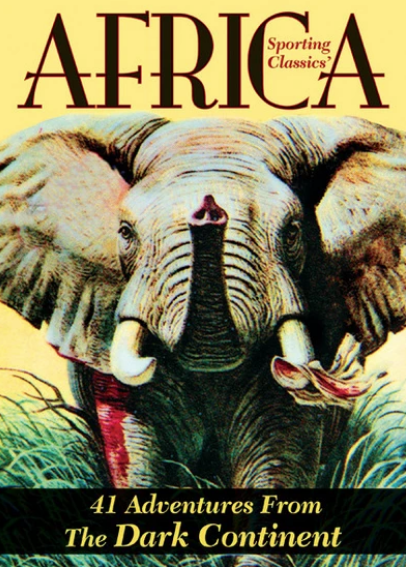 Sporting Classics has compiled this remarkable anthology showcasing the best African adventures published in our award-winning magazine.
Sporting Classics has compiled this remarkable anthology showcasing the best African adventures published in our award-winning magazine.
Ruark, Capstick, Roosevelt, Markham – the legends in outdoor literature are all here, sharing their stories of deadly encounters with dangerous game, of bizarre run-ins with witch doctors, gorillas and man-eaters, of safaris into the uncharted wilds of deepest Africa.
Illustrated by world-renowned artist Bob Kuhn, AFRICA features more than 400 pages of unforgettable stories by some of the finest professional hunters and writers of sporting adventure. Buy Now

